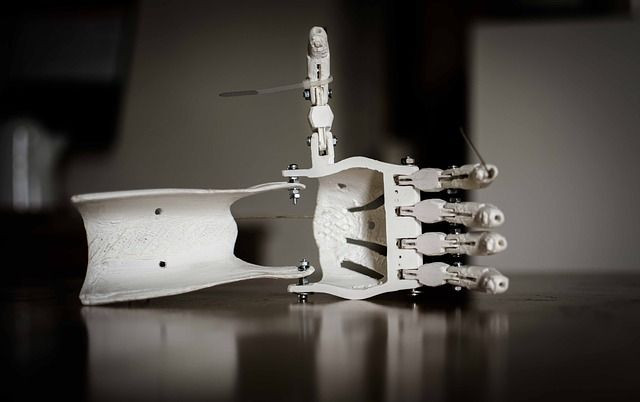10 Body Parts Doctors Can Replace With Transplants, Stem Cells, Or 3D Printing

The U.S. Food and Drug Administration became part of the first public-private partnership to promote medical device regulatory science in December 2012. The Medical Device Innovation Consortium was charged with streamlining the process of designing and testing new technologies for use in the medical field.
This regulatory urgency is in response to recent innovations such as 3D printing and stem cells that have made it possible for us to survive after losing vital limbs and organs; they are now being replaced or regrown with the help of technology.
Doctors in South Africa made history in March 2015 when they performed the world’s first successful penis transplant on a 21-year-old man who fell victim to a botched circumcision. Three months later, a 3-year-old girl in China underwent the world’s first full skull reconstruction surgery using 3D-printing technology after her head grew to four times the normal size due to a rare condition.
Meanwhile, scientists from the University College London have developed a technique that allows them to grow new body parts using the patient’s own stem cells. Using a polymer material as a scaffolding mold and stem cell samples taken from the patient’s fat, the British research team has been able to grow artificial blood vessels, windpipes, noses, ears, and tear ducts.
And at Wake Forest University, researchers are currently using a bioprinter to create muscle, bone, and ear structures. The 3-D printer prints human tissue using plastic-like material and living cells from humans, rabbits, and mice. Although the tissues have not been tested on humans, the researchers have successfully implanted 3D-printed structures into rodents.
Here are 10 body parts that we can now replace with the help of science.



























